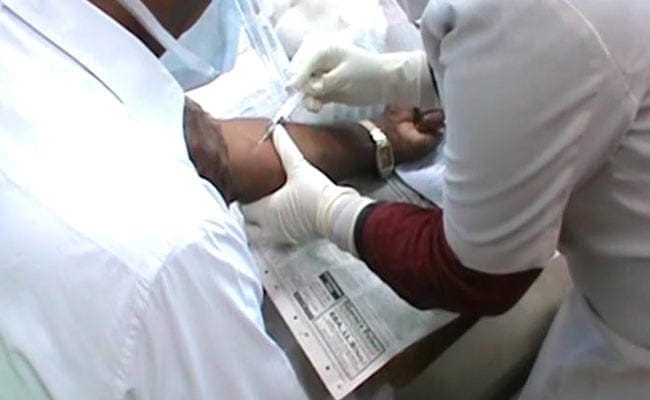
Mehuli Kar | Staff Blogger
Nipah virus (NiV), an RNA virus of genus Henipavirus is a newly emerged zoonosis that affects humans and other mammals. It derived its name from the village of Nipah, Kampung Sungai in Malaysia where the first case was reported in September 1988. Fruit bats of genus Pteropus and Pteropodidae family are the natural host of this virulent virus and pig being the intermediate host.
During the first outbreak in Malaysia out of the 582 human victims 54% of them were proved to be fatal. Next to witness this epidemic was Bangladesh in the year 2004 which also spread over few districts of West Bengal such as Nadia and Siliguri. Unfortunately most of the clinical manifestations of this virus are asymptomatic although acute respiratory syndrome can be detected in the early stages.
Symptoms such as fever, headache, drowsiness, confusion arise 3-14 days after the exposure to the virus during the incubation period. Patient may reach coma within a span of 24-48 hours and Encephalitis being one of the major clinical findings. The infection is highly contagious and spreads mainly through aerosol contamination.
Detection of NiV can be done through Polymerase Chain Reaction(PCR) using body fluids such as throat swabs, cerebrospinal fluid, saliva,blood and urine.
There is no prophylaxis discovered till now for this viral infection. Some drugs such as Ribavarin proved to be effective for in vitro tests but failed clinically. Antimalarial drug Chloroquine was found to block the functions needed for the maturation of NiV but no clinical benefit was observed. Post exposure prophylaxis can be done by infusion of passive human monoclonal antibodies that targets Nipah G glycoprotein.
Currently Kerala, India has fallen victim of this notorious viral infection. 3 deaths have been recently reported in Perambra, Kozhikhode. KMC and MCODS have a good inflow of patients from Kozhikhode so the University officials have issued several notices regarding the precautionary measures needed to be adopted especially by the members of all the health care units.
The only treatment available currently for this is intensive supportive care.

Be the first to comment